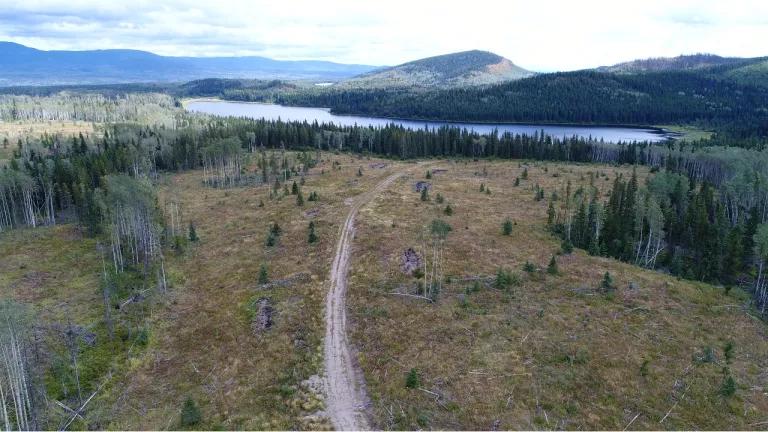Canadian tar sands deposits are found primarily under Alberta’s Boreal forest and wetlands in an area about the size of Florida. In order to access them, millions of acres of pristine forest and wildlife habitat have to be strip-mined and drilled, destroying these areas and severely disrupting critical terrestrial carbon reservoirs in the peatlands of the Boreal forest. Because it requires large amounts of energy, production of synthetic crude oil from tar sands is estimated to release at least three times the greenhouse gas emissions per barrel as compared to production of conventional crude oil.
Canadian politicians and oil companies have been working hard to convince the U.S. and other countries that credible steps are being taken to reduce greenhouse gas emissions. This despite the fact that Canada has weak climate and energy regulations and is encouraging expansion of the high-carbon tar sands oil industry. Canadian politicians and oil companies claim that the tar sands are an “ethical,” regulated source of oil. Yet a closer look at the actual rules in place in Canada reveals a different story. This fact sheet rebuts some of the common myths about energy and climate in Canada.



